United States/ Republic of Vietnam partnership 1960’s
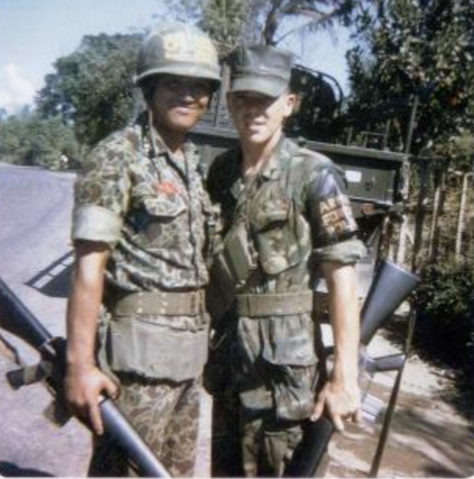
The United States created a working relationship with the RVN to help southern Vietnam extend democracy to liberate the nation, but the war for independence turned to a Civil War of ideologies between the North and the South.
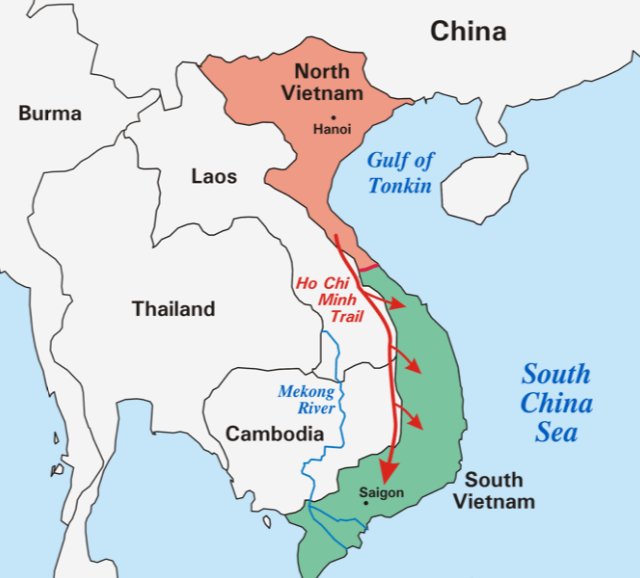
With heavy resistance coming from the north by Communist fighters with the Viet-minh, the war was intensifying in the South. Ngo Dinh Diem was losing his grip on the situation and losing his control over military operations carried out by RVN troops and the construction of strategic hamlets which are concepts of US government.
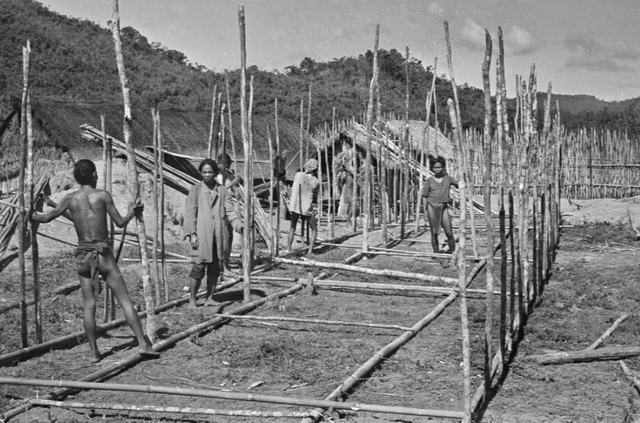
Diem’s brother Nhu was wrong in the assessment that the peasant population would run to the idea of building strategic hamlets.
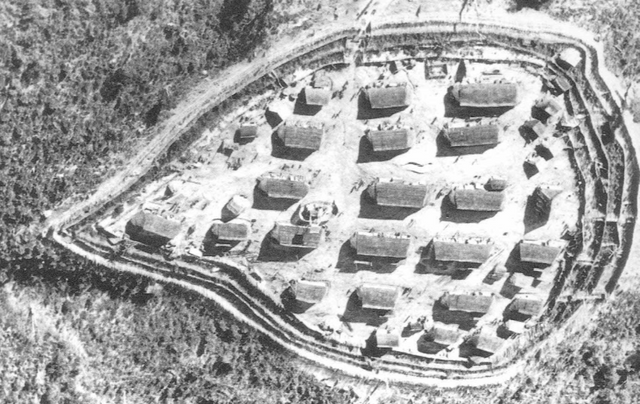
The southern Vietnamese led government was ill-informed to United States implementations of military aid nor were they a part of the concept of implementing strategic hamlets. The United States should take most of the responsibility for the gradual instability of South Vietnam politics and the capability of the RVN’s military to resist Communist from the north because they over shadowed the RVN mission against communism and turned it into a grand scale initiative against communism with a little insight from the RVN.
In 1960 as RVN and the US policy became hostile to locals in the South, a new phase in the struggle in the South formed a communist coalition against the Diem forces in the NLF.
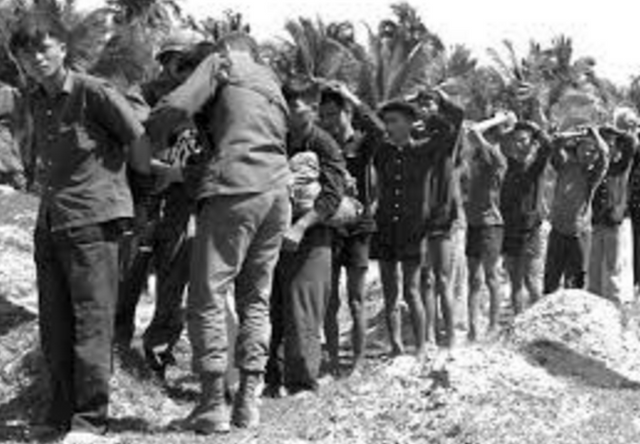
The United States formed a strategic hamlets program isolate the Catholic population from NLF insurgents. Nhu’s shared concerns with other RVN governmental representatives on their lack of understanding for the “ideology” behind for the strategic Hamlets being produced in the South Vietnam region. This lack of understanding on the RVN part should fall squarely on the United States shoulders because the United States should have priority explained the program’s intentions before implementation.
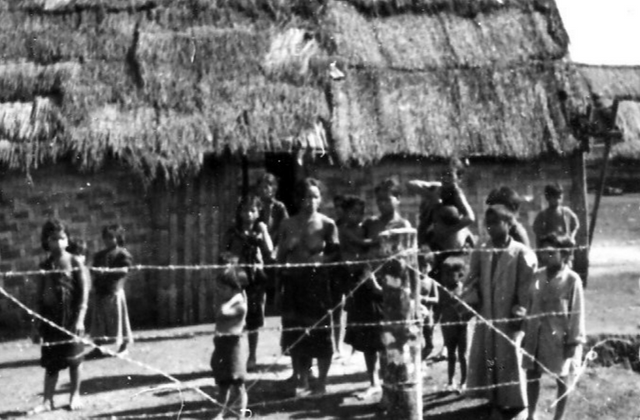
The strategic hamlets were constructed in a manner like concentration camps, keeping the peasant population isolated from the outside world containing them in these village like compounds. The treatment of the peasant population in these compounds was subdued using “brutal methods” which are not considered to be customary treatment of a democratic republic. This hostility against the peasant population to conform to strategic hamlets inhabitants was possibly the motivation towards fragments of the population aiding insurgent troops during the hostilities in the Southern Vietnam region. The heavy-handed police apparatus used by the RVN incarcerated and harmed many people they thought were cadres of communism but were just innocent people.
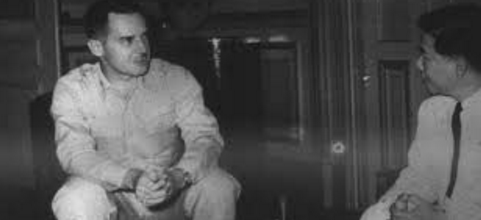
The United States was wrong to assume that influx of Catholic Vietnamese from the north migrating to the south would create a stable base of support for Diem’s South Vietnam regime. Col. Edward Lansdale, a chief CIA specialists were instrumental in advising Diem on military policy.
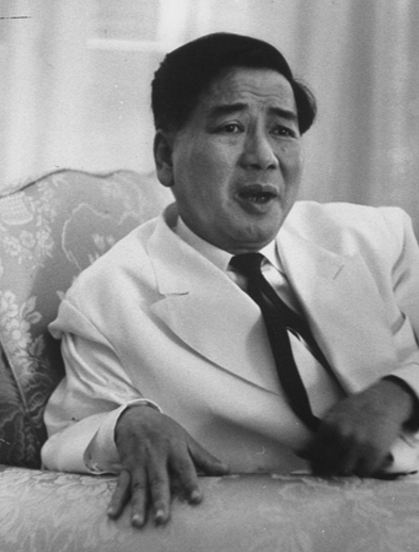
Diem did not have the political integrity and the ability to manage the bizarre situation leading to his death on November 2, 1963. Nhu made had opposing comments towards the United States presence in southern Vietnam from a military standpoint that may have started the rift between the two nations. He stated in an interview with a Washington Post that US military advisers were too headstrong in attacking the enemy and that half of the US advisors were “not absolutely necessary in the field”. Comments such as these and ones made by other RVN officials began the slow deterioration of the United States and southern Vietnam partnership.
One of Diem’s biggest issues that led to his failure as a statesman was recognizing his countries principle nationalistic ideals, and they did not fall behind the principles of the Catholic Church nor Christianity. The principles of these religions were of Western cultures and the RV and the regime should have enlisted in the ideas and proposals presented by Buddhist monks as they said that the country needs to restore nationalistic pride through traditional Buddhist ideals.
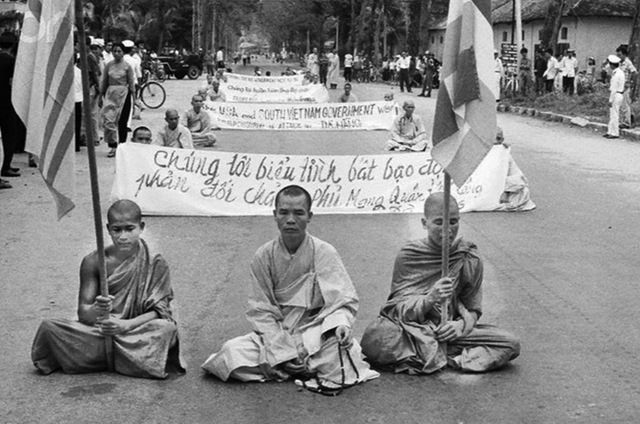
Diem failed in by not following the true identity of his nation, and he was wrong for taking local advisement from the Catholic regime within Vietnam in favor over the Buddhists. A nation seeking independence and unification should base its ideals and principles upon its traditional religious base and not a foreign religion used by former colonial oppressors. This miscalculation by the regime in handling the Buddhist monk population subsequently led to Diem’s ultimate demise as the political leader of South Vietnam. Buddhist form of Vietnamese nationalist.
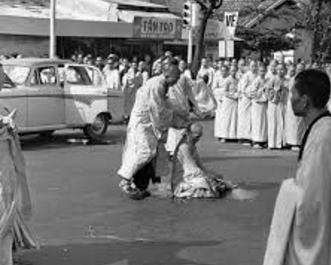
On June 11, 1963, Buddhist Thich Quang Duc made the ultimate sacrifice for his ideology and beliefs and proceeded to burn himself in protest of the RVN and for not agreeing to “fulfill the five demands” which was based on medieval Buddhist tradition.
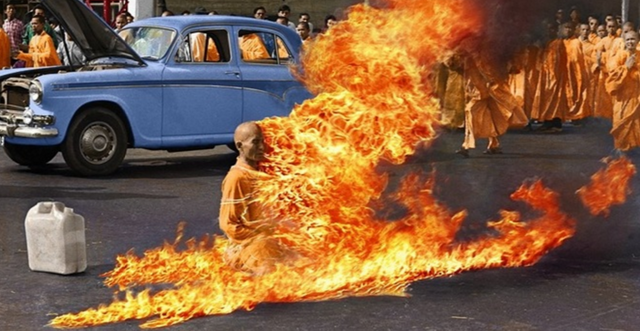
Soon after students ran to the streets to protest alongside the monks, causing tensions in southern Vietnam to explode.
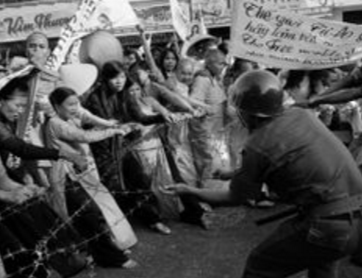
Hostilities rose further as Diem used units that were loyal to him to attack the Pagodas. The Buddhist protests became a spark plug for other opposition to speak out against Diem’s regime with proposals of ousting him.
On November 2, 1963, Diem’s regime was finally toppled by the coup, and the former southern Vietnam leader was later executed.
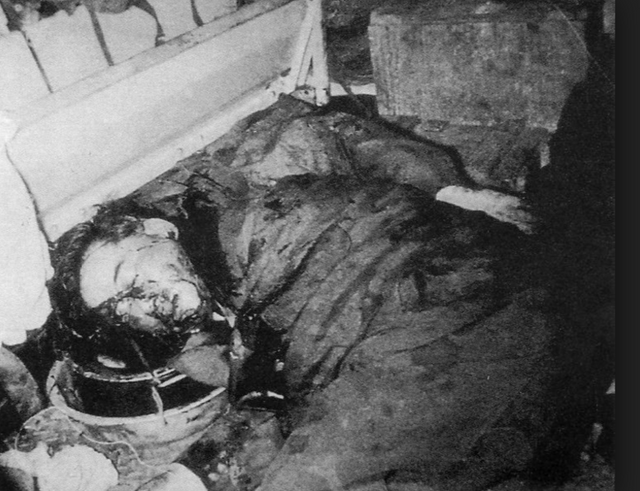
The Americans as well as Diem himself are both to blame for the ultimate demise of the RNV government. Diem failed to respect the views and opinions of the Buddhists should be the most respected men in the nation because they hold the nationalistic values of the populace. Diem failed to realize the Buddhist presence in the nation and its importance, the United States is also to blame for not recognizing that Diem had lost all control and should have furnished for him to be exiled. Considering the fact that Diem did not have the strong political character needed to govern South Vietnam, United States should have recognized this much sooner instead of forcing policy and directives on an administration that could not properly administrate them.
Sources:
Miller, Edward Garvey. "Chapter 8." Misalliance: Ngo Dinh Diem, the United States, and the Fate of South Vietnam. Cambridge, MA: Harvard UP, 2013. 250. Print.
Miller. "Chapter 8." Misalliance: Ngo Dinh Diem, the United States, and the Fate of South Vietnam. 250
Miller. "Chapter 8." Misalliance: Ngo Dinh Diem, the United States, and the Fate of South Vietnam. 258
Miller. "Chapter 8." Misalliance: Ngo Dinh Diem, the United States, and the Fate of South Vietnam. 270
If you enjoyed my work
